Description
University Physics is intended for use in the calculus-based introductory physics sequence at univer- sities and colleges. It can be used in either a two-semester introductory sequence or a three-semester sequence. The course is intended for students majoring in the biological sciences, the physical sci- ences, mathematics, and engineering.
Perhaps one of the greatest skills students can take from their physics course is the ability to problem solve and think critically about a situation. Physics is based on a core set of fundamental ideas that can be applied to various situations and problems. University Physics by Bauer and Westfall acknowledges this and provides a problem-solving method class tested by the authors, and used throughout the entire text. The text’s problem-solving method involves a multi-step format:
- THINK: Read the problem carefully. Ask what quantities are known,
what quantities might be useful but are unknown, and what quantities are asked for in the solution. Write down these quantities, representing them with commonly used symbols. Convert into SI units, if necessary. - SKETCH: Make a sketch of the physical situation to help visualize the problem. For many learning styles, a visual or graphical representation is essential, and it is often necessary for defining variables.
- RESEARCH: Write down the physical principles or laws that apply to the problem. Use equations that represent these principles and connect the known and unknown quantities to each other. At times, equations may have to be derived, by combining two or more known equations, to solve the unknown.
- SIMPLIFY : Simplify the result algebraically as much as possible. This step is particularly helpful when more than one quantity has to be found.
- CALCULATE: Substitute numbers with units into the simplified equation and calculate. Typically, a number and a physical unit are obtained as the answer
- ROUND: Consider the number of significant figures that the result should contain. A result obtained by multiplying or dividing should be rounded to the same number of significant figures as the input quantity that had the least number of significant figures. Do not round in intermediate steps, as rounding too early might give a wrong solution. Include the proper units in the answer.
- DOUBLE-CHECK: Consider the result. Does the answer (both the number and the units) seem realistic? Examine the orders of magni- tude. Test your solution in limiting cases.
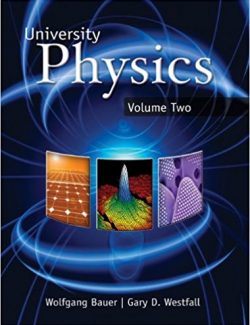


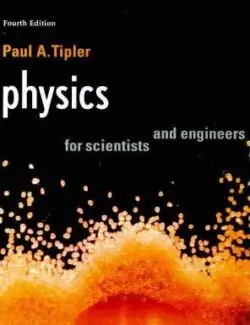
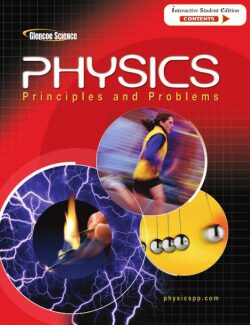
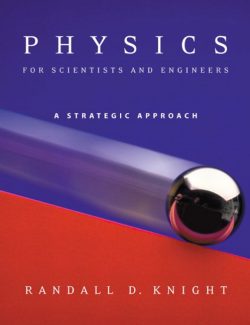
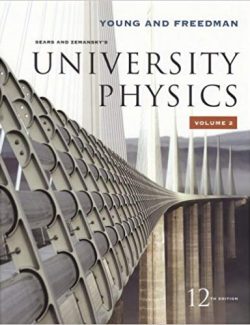
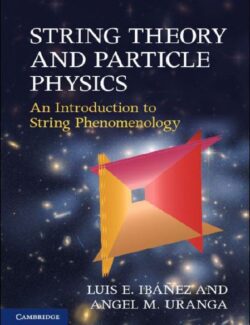
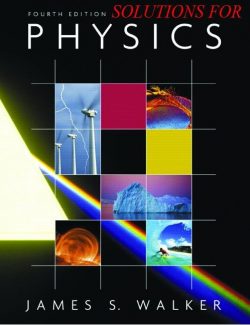
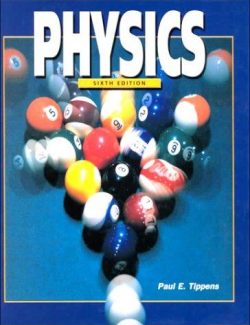
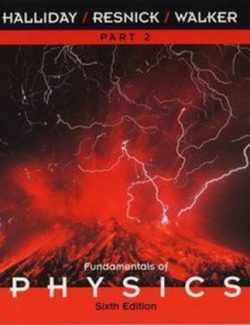


Leave us a comment
No Comments